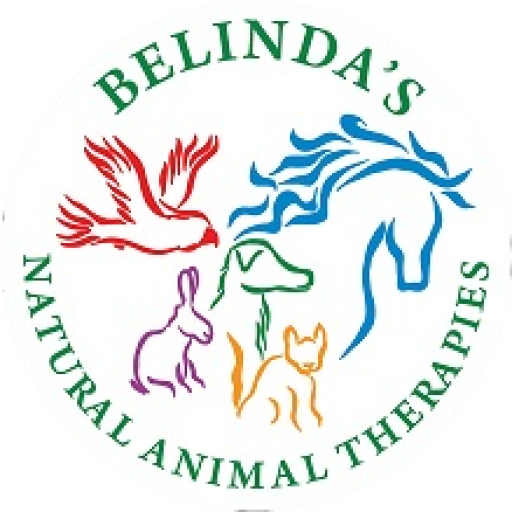One of the major concerns for horse owners, especially in Springtime, is laminitis and founder. If you can recognise the early signs and address the condition as quickly as possible, all the better for your horse.
As an animal homeopath this is the most common ailment I successfully address for clients horses on a daily basis.
Laminitis and founder are extremely painful conditions. If not addressed promptly, laminitis can result in rotation of the third phalanx (coffin bone) through the sole of the hoof. Inflammation occurs in the sensitive laminae in the horse’s hooves, restricting circulation in the hoof. Separation of the laminae – founder – can also result in seedy toe and abscesses which can also be extremely painful for the horse.
Laminitis episodes can be triggered by many different circumstances, including:
- An overload of sugar and starches in the diet, possibly from grazing on lush pastures. This can cause an imbalance in the gut bacteria and production of an endotoxin that triggers inflammation in the hoof laminae
- Poorly trimmed feet – long toes
- Mineral deficiency and poor gut health
- A secondary reaction to an infection somewhere in the body, such as a uterus infection in broodmares
- Insulin resistance (ponies with hard crested necks) and horses with Cushing disease
Here are the symptoms you should look for to spot an acute case of Laminitis:
- Heat in the coronary band and the hoof – the horse will stand ‘underneath’ itself leaning weight on the hind end
- Tenderness of the hooves, obvious pain when walking on hard surfaces or not wanting to move at all
- A strong and bounding digital pulse ( felt behind the pastern)
- Obvious pain, anxiety, sweating and increased respiration
Other symptoms found in chronic laminitis in horses include:
- Separation of the sensitive laminae
- Third phalanx displacement or rotation
- Sole of hoof becomes flat or dropped
- Abscesses and seedy toe (these can also occur with acute laminitis)
Preventing laminitis
Keep your horse or pony in the correct weight range. Exercise your pony regularly as this increases circulation. Feed a balanced diet (using a balanced vitamin and mineral supplement). Do not feed your horse or pony sugars, and do not feed grain or lucerne to fat ponies. Do not lock fat ponies up in small yards without exercising them.

Natural remedies
A number of natural remedies are useful in addressing laminitis.
- Homeopathic remedies can be used to reduce pain and inflammation in the hooves, and can help resolve laminitis promptly. Homeopathics can also be given two to three times a week, to prevent laminitis.
- Rescue remedy can help reduce stress.
- Herbs can reduce inflammation, particularly Chamomile & Rosehips. Herbs for easing pain (include White Willow and Devil’s Claw).
- Correct hoof trimming should be an ongoing part of your care regime.
New studies have found that applying ice water around inflamed hooves can prevent the onset of laminitis if caught in the early stages. Running cold water over the lower legs and hooves can also help reduce the inflammation.
Prevention is better than cure in laminitis cases. It is comforting to know there are safe, fast, natural solutions to address this condition if it does happen to your horse.
For a consultation or for more information on natural therapies, remedies and solutions, please call or email Belinda.

